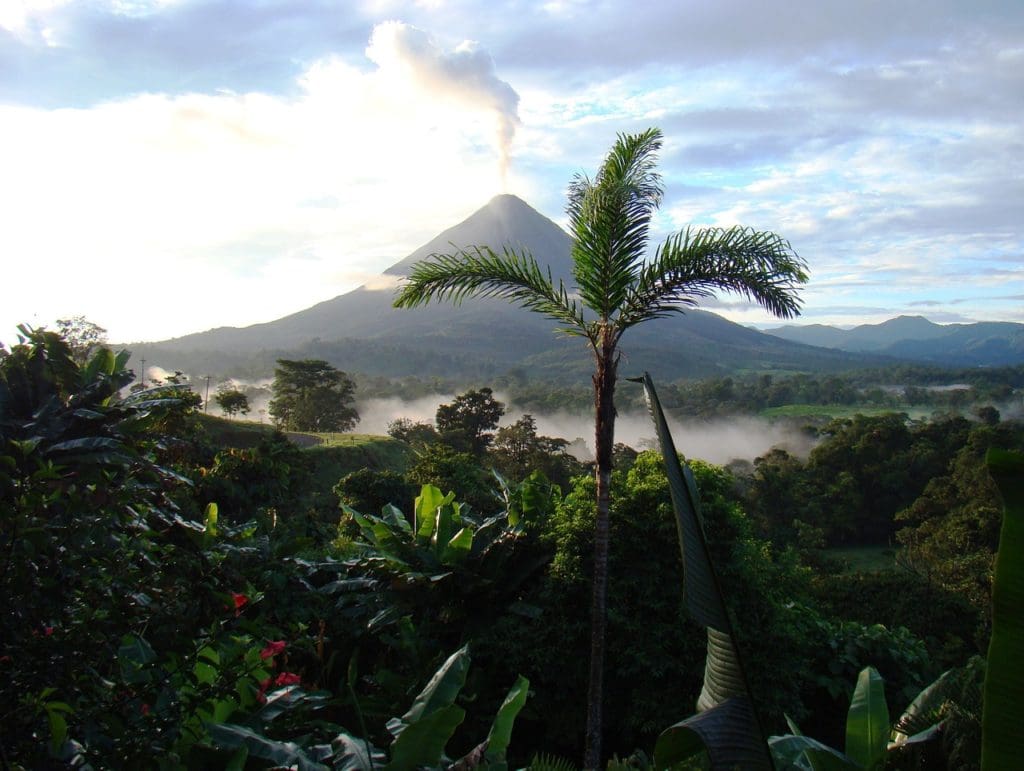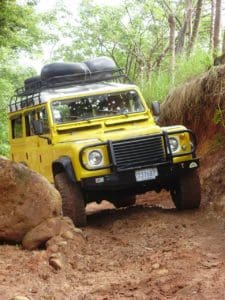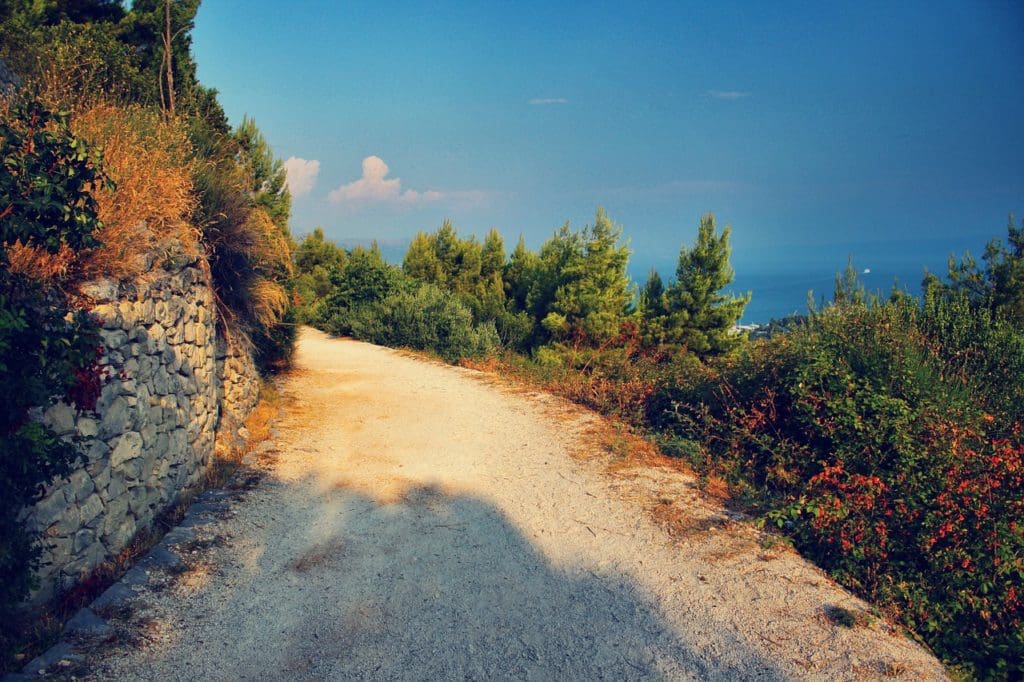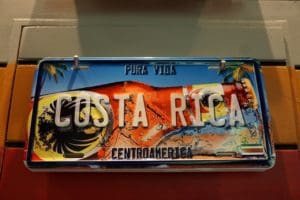Anyone with an interest in ecotourism should have Costa Rica at the top of their travel list. Cost Rica has a wealth of bio-diversity: volcanoes and hot springs, rainforests and cloud forests, beaches and mountains. You’ll probably want to visit a variety of ecosystems and for independence and flexibility, you may think renting a car is the best option. But before you do, you need to understand the hazards of driving in Costa Rica.
Road Conditions
Costa Rica is a fairly small country – about the size of West Virginia – but it takes time to get from place to place. In the capital city of San Jose, the roads are relatively well paved, but out in the countryside, you’ll find road conditions deteriorate substantially. The roads that are paved are pocked by potholes and washouts. More often, the rural roads are dirt – or mud during the rainy season (May to November) – with ruts and landslides to navigate. Travel Maestro tip: A 4-wheel drive SUV is highly recommended.
Much of Costa Rica’s terrain is mountainous and the narrow roads take hairpin turns as they wind up and down. Let’s just say that as you drive in Costa Rica, your view won’t be inhibited by guardrails because they often don’t exist! There may be steep drop-offs on either side, so keep your eyes on the road.
You’ll also find country roads often require river crossings. Keep in mind that doing so would void most rental insurance and any damage wouldn’t be covered. Travel Maestro tip: Get out and wade through to test the depth, watch another car’s path before you try it, or ask a local for another route.
Bridges in rural areas are often one-lane bridges, so you have to take turns with any oncoming traffic. Speaking of oncoming traffic, Ticas tend to pass without regard to the windy road or oncoming traffic. Large trucks pull very slowly up the mountainous roads and traffic will stack up behind them, but aggressive drivers will pass blindly and with abandon.
Signage in Costa Rica is not a priority. In fact, even in the city, street signs are hit or miss. You may find street names on a building or a small sign, or not at all. In the country, street signs are practically non-existent. Keep in mind that if you ask directions from a rural local, they’re likely going to respond in Spanish. Travel Maestro tip: Rent a GPS with your car and have a hard copy map as a backup.
Security
You don’t need an international driver’s license in Costa Rica – your home driver’s license is sufficient, although you should carry your passport, as well. Insurance is mandatory, and if you have an accident you need to call the car rental company immediately.
Night driving is not advisable. As you now understand, the driving in Costa Rica is quite challenging and to attempt navigation of the poor road conditions in the dark is asking for trouble. In addition to not driving off the side of a mountain, not being swept away in a water crossing, avoiding impatient drivers and not getting lost, you must also watch for people on the road. Pedestrians do not have the right of way in Costa Rica, but that doesn’t mean they stay out of the road.
Rental cars are clearly marked in Costa Rica, making them an easy target for theft. It is imperative that you lock the vehicle and do not leave anything within sight. Travel Maestro tip: At parks, restaurants and other attractions, self-appointed watchmen will offer to watch your car for a small tip of a dollar or two. This is how they make a living and it’s OK to hire them.
If you’re going a long distance, be sure to fuel up before leaving. Gas stations exist at reasonable intervals but are less frequent in the rural areas. The good news is that gas prices are government regulated, so they are the same throughout the country and you don’t need to shop prices. Travel Maestro tip: Remember that any length trip will take much longer than driving the same distance at home.
Driving in Costa Rica allows you the flexibility and freedom to explore at your own pace, but it may not be the best option for the first-time visitor. Other ways of getting around the country include packaged tours, shuttles, and hired drivers. When planning your Costa Rica vacation, contact the vacation experts at Covington Travel to customize your journey.











Leave a Reply